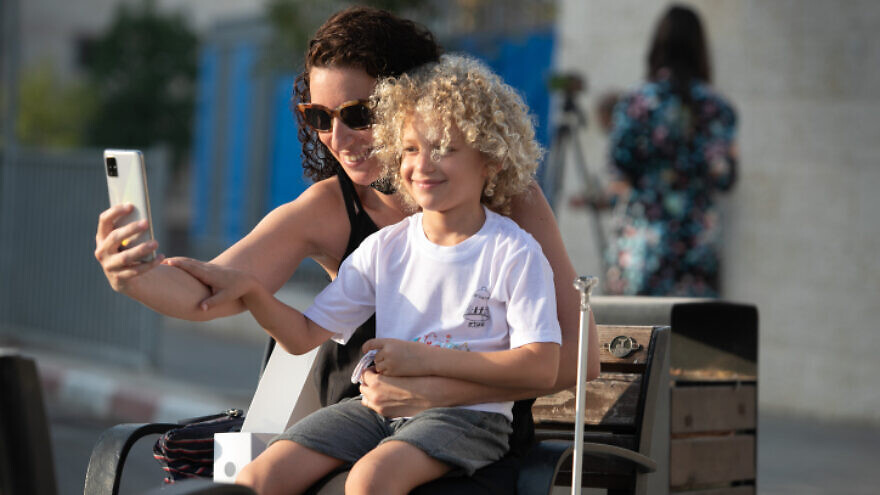After a year and a half of distance learning and “capsules” in classrooms—and despite a record 11,077 new COVID-19 diagnoses on Monday—Israel’s school year began for millions of students on Sept. 1.
Each pupil was required to present confirmation of a negative result from a rapid COVID test performed at home, and facemasks are required for kids in first grade and up.
For example, grades 9-12 in “red” cities with a high case count will learn in open spaces, or remotely, unless 70 percent of the class is deemed exempt from quarantine based on how many are vaccinated and how many have tested positive for antibodies. Kids up to fourth grade in red cities will have classes as usual, while those in fifth to seventh grade will meet in a way that reduces contact.
Meanwhile, some 35,000 Israeli kids currently have the virus. Another 55,000 are reported to be in quarantine after exposure to a confirmed carrier.
Education Minister Yifat Shasha-Biton said in a press conference on Tuesday night, “We have built a program that will ensure as safe a return as possible for the students and ensure a routine and continuity of study. I know it will not be easy, but we have a moral obligation to bring the children back to school. We owe them this as a society.”
Professor Nadav Davidovitch, dean of the School of Public Health at Ben-Gurion University of the Negev and one of the architects of the traffic-light system, emphasized the importance of proportionate risk management.
“We need to learn to live with the virus,” he said in a Zoom meeting with members of the international press prior to the first day of school.
“We do expect cases to rise but that has to be balanced against what is best for the children. Opening schools is very important for their mental health and cognitive development,” said Davidovitch.
This article was first published by Israel21c.


























